A Walkable Utopian City on the U.S.-Mexico Border
While Donald Trump wants to build a wall between the U.S. and Canada, Hillary Clinton wants to build bridges—and Mexican architect Fernando Romero has envisioned one.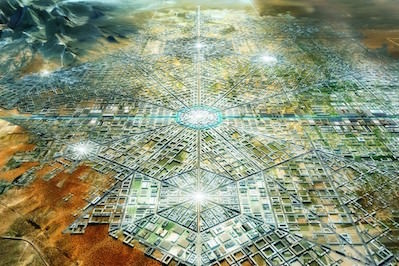
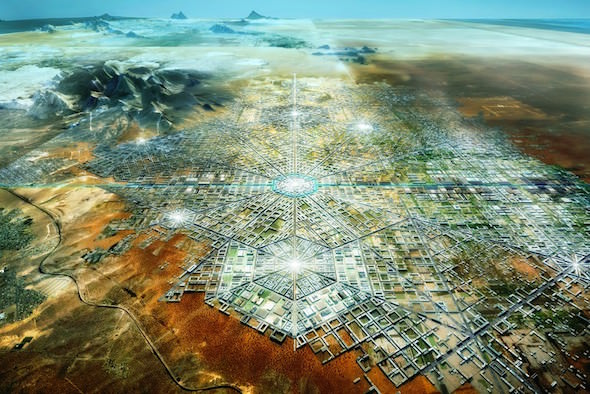
A bird’s-eye illustration of Fernando Romero’s city. (Fernando Romero Enterprise)
While Donald Trump wants to build a wall on the U.S.-Mexican border, Hillary Clinton wants to build bridges—and Mexican architect Fernando Romero has envisioned one.
Tanvi Misra writes at The Atlantic’s CITYLAB blog:
… Romero has taken a more literal approach to Clinton’s proposition. He’s long been a proponent of “building bridges,” and believes that boundaries are obsolete. “With technology, those borders are just becoming symbolic limits,” he recently told Dezeen Magazine. “The reality is that there exists a very strong mutual dependency of economies and trades.” That’s why he has now designed a master plan for a walkable, super-connected metropolis straddling the U.S.-Mexico border.
… It’s multipolar, with many business districts and specialized economic sectors; It’s super-connected, allowing for a steady circulation of people, goods, and services within it and outside it. At its heart lies the inland port of Santa Teresa, a recently opened freight hub at New Mexico-Mexico border. The I-10 highway connects the city’s dense and walkable urban area to far-flung regions in East and West Coasts of the U.S. And a web of other roadways and express trains link the city’s various economic hotspots and key industries.
This isn’t a purely conceptual project: Romero wants to actually build it on private land in the next decade of [sic] so, Dezeen reports. Just as well, because according to global strategist Parag Khanna, hyperconnected urban centers will soon become the most powerful actors on a global stage. In that sense, Romero’s vision represents the future of cities.
READ:Transborder Immigrant Tool Series: Cottonwoods and Animal Tracks Will Lead to Water in the Desert
Here’s footage of an installation of Romero’s vision at the London Design Biennale:
—Posted by Alexander Reed Kelly
Independent journalism is under threat and overshadowed by heavily funded mainstream media.
You can help level the playing field. Become a member.
Your tax-deductible contribution keeps us digging beneath the headlines to give you thought-provoking, investigative reporting and analysis that unearths what's really happening- without compromise.
Give today to support our courageous, independent journalists.
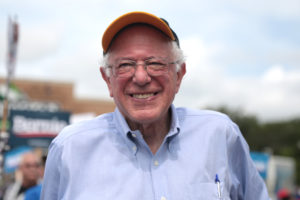

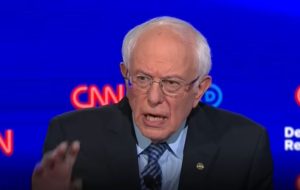

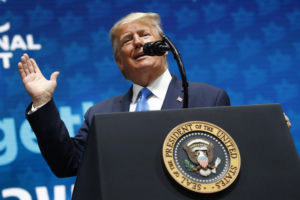

You need to be a supporter to comment.
There are currently no responses to this article.
Be the first to respond.